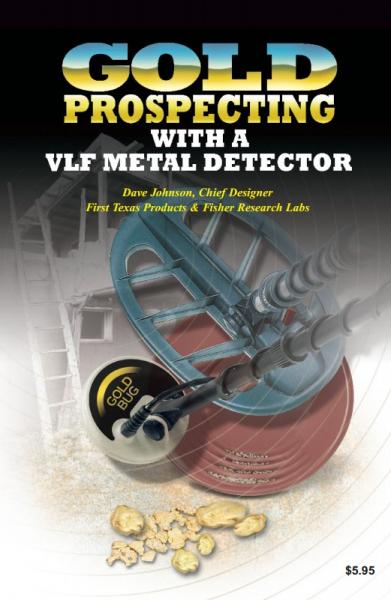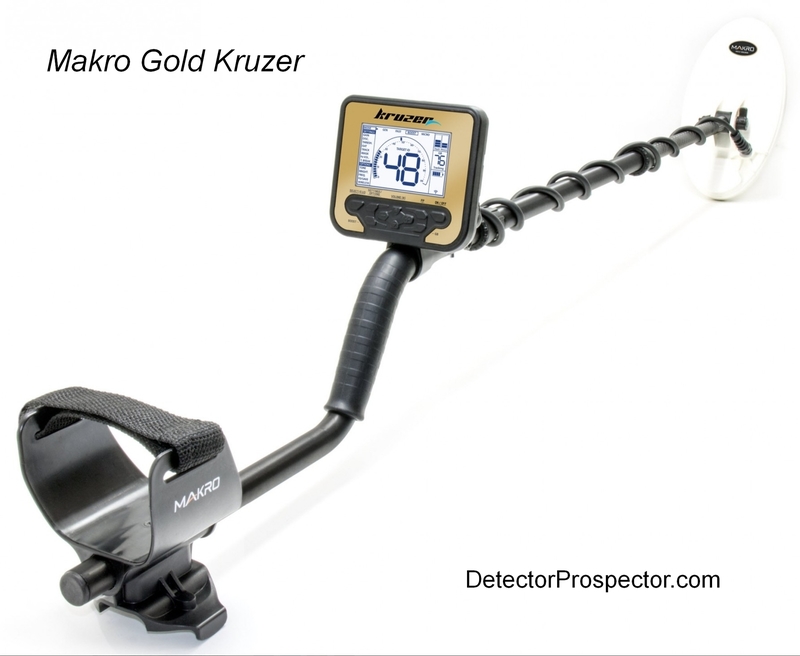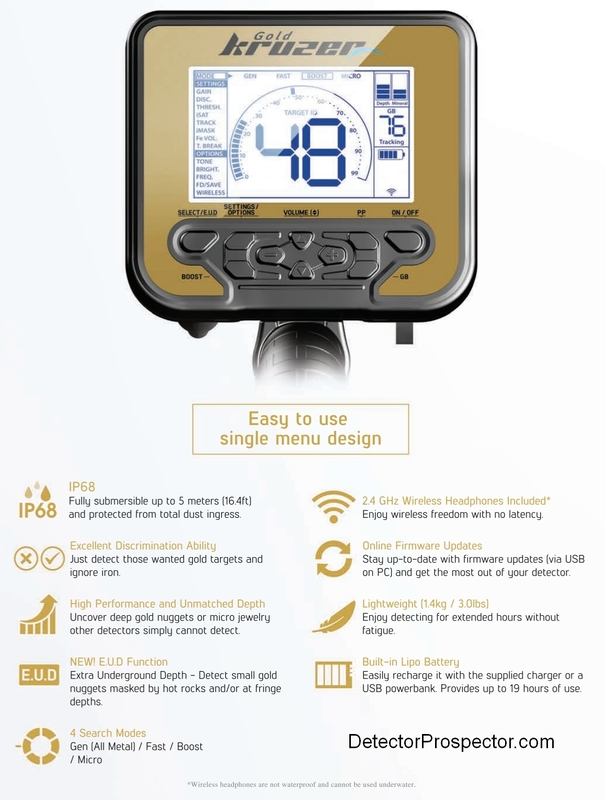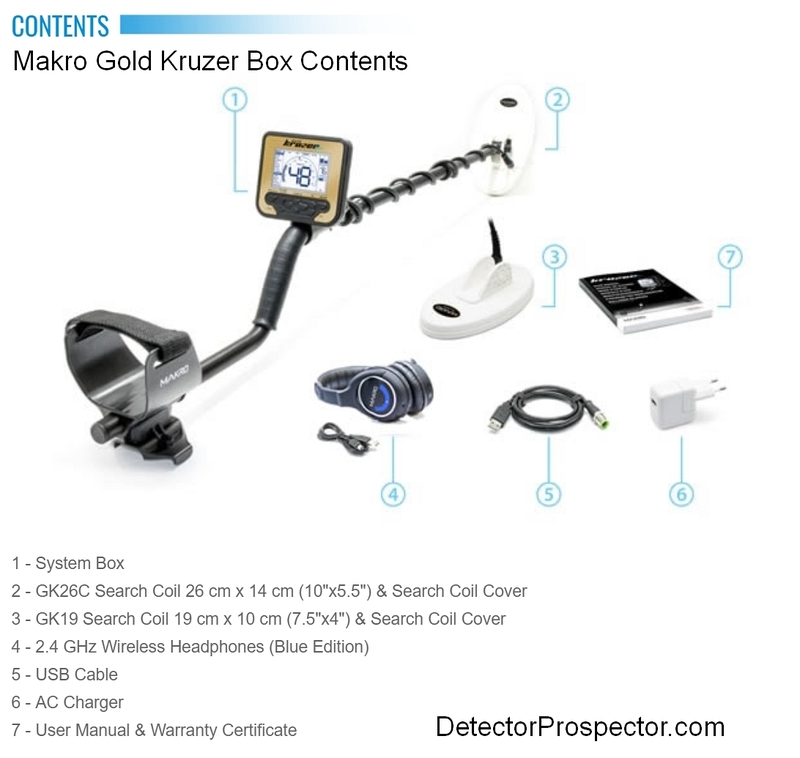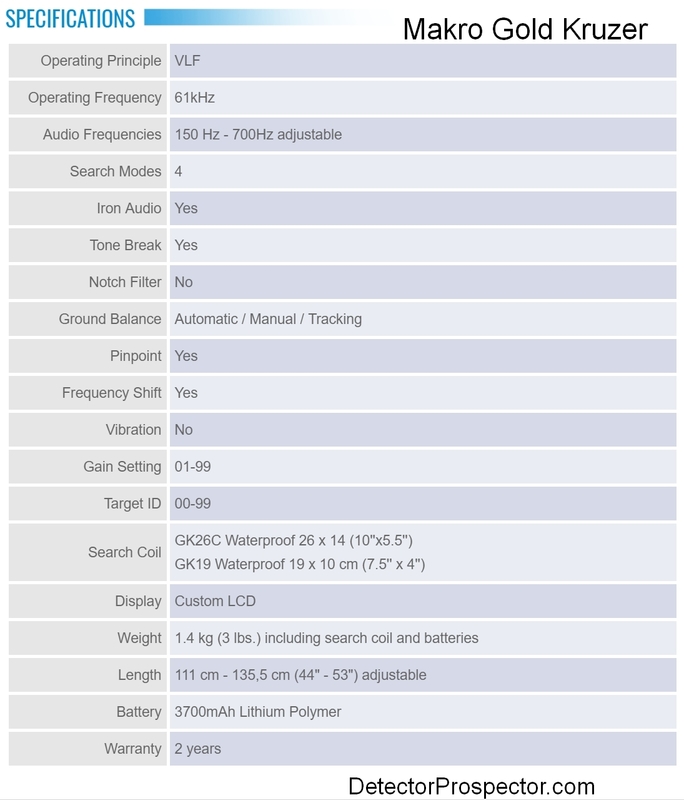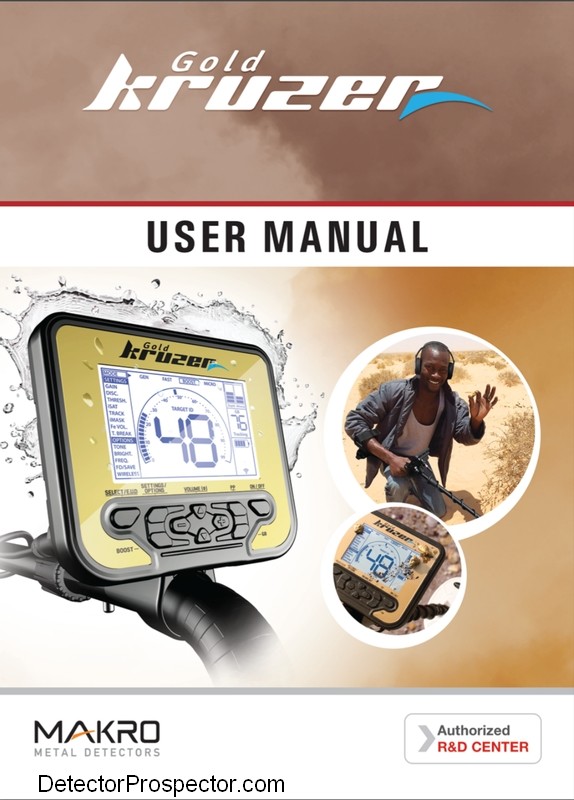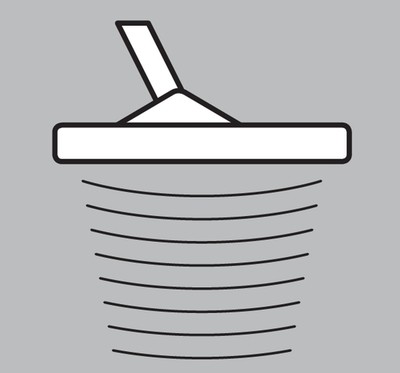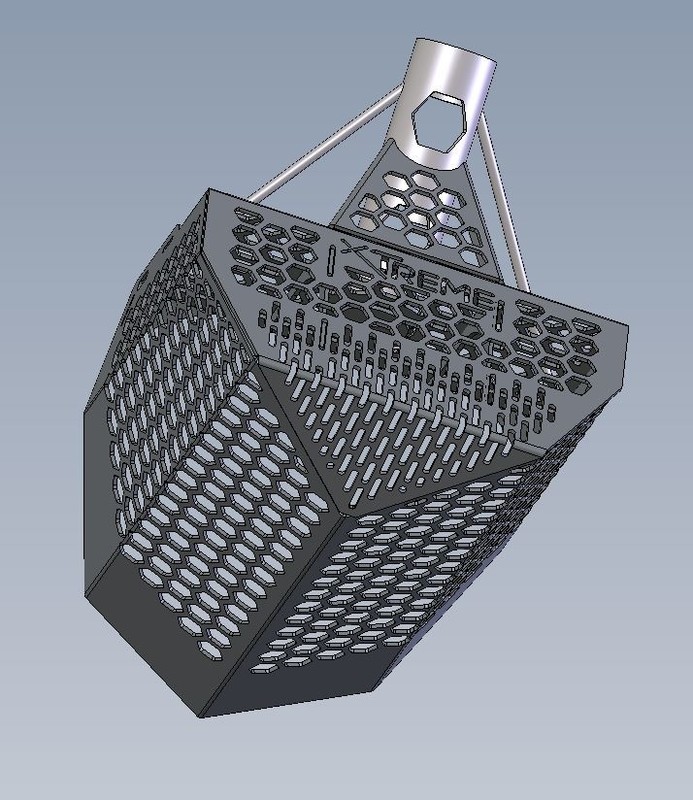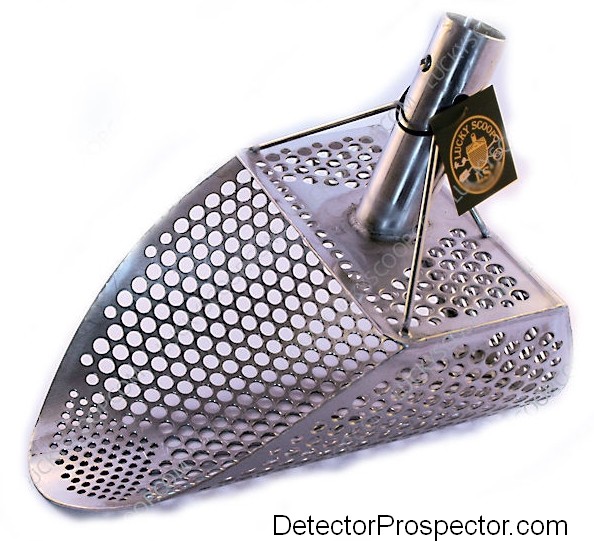-
Posts
19,806 -
Joined
Content Type
Forums
Detector Prospector Home
Detector Database
Downloads
Everything posted by Steve Herschbach
-
Botryoidal Chalcedony
-

It Could Have Been A Cell Phone
Steve Herschbach replied to mn90403's topic in Minelab Equinox Forum
Nice hunk of silver! Refinished “used” on eBay right now for $335 -

Consolidated Thread For Issues / Bugs / Flaws .. ?
Steve Herschbach replied to Sinclair's topic in Minelab Equinox Forum
Of course we need to report issues. Photos are great. I guess my post was not clear. Repeating the rod thing over and over will not get it fixed any faster or any better. If people want to keep repeating it that’s fine, but do it all in one thread. Each and every person with a rod issue need not report it separately in new threads. Frankly it’s beating a dead horse - Minelab got the message after the first two reports and has been on it. This bubble thing is something relatively new and not at all what the intent of my post was about. This comment also is not aimed at you Simon - anyone with a brand new Equinox and bubbles appearing on screen, be sure the protective plastic film has been removed. Or that a screen protector has not been added, with bubbles under the protector. -

Consolidated Thread For Issues / Bugs / Flaws .. ?
Steve Herschbach replied to Sinclair's topic in Minelab Equinox Forum
Starting today any new threads about issues that have already been reported and discussed multiple times will be moved to threads that already exist.... I Just Did A Coin On Edge Test - anything to do with problems detecting items “on edge” of vertically oriented. Loose Rods, Wobbly Rods, Rod Flex - any issues with rod construction or ergonomics. Will Minelab Roll Out A Fix For Depth? - for anyone unhappy about the accuracy of the depth meter. Issues with trash reading as your favorite target may get moved to an existing thread, especially as regards nickels or the $2 Euro. I am not trying to squash bug reports, real or perceived, but we don’t need repeated threads on the same subject when all these subjects have been known and discussed now for months. Post away as you see fit, but if you start a new thread about the Equinox rod don’t be surprised if I notify you that it got moved to the existing thread. If you are new to the forum, please use the search function or peruse older threads before alerting the people here to the “new issue” that everyone here has already heard about. Now if it really is “new news” on any of those subjects, that’s another thing. Again, don’t worry about any of this, post away... I will sort out the details. ? -
Andy Sabisch, the author, can be contacted via his website.
-

How Will Gm1000 Signal A Meteorite?
Steve Herschbach replied to U_U's topic in Metal Detecting For Meteorites
No wide sweeps will not bring back a hot rock because the tracking is supposed to track out hot ground / hot rocks. The problem you face as I noted is meteorites grade all the way from pure metal to pure rock, and many low grade examples may very well act like a hot rock. If that is the case, they can track out, and since tracking is always on you can’t stop it. -
In the nugget detecting I have done so far with the Equinox it offers quite a toolbox. Multi-IQ packs a lot of punch. The good thing there is it is crazy powerful on tiny low conductors. The bad news is it will also “light up” hot rocks very well. For this kind of work I have been favoring Gold Mode and Field 2. Gold Mode in particular will get those hot rocks while in Multi-IQ. Lower gain helps a lot because hot rocks typically lose signal strength faster than metals. I prefer to hunt “wide open” with no target id numbers blocked if I can get away with it. This gives me stronger hits across the board, and most hot rocks exhibit as -9, -8, or -7. However, this can require too much work when the hot rocks are more plentiful. I will then block those three target id numbers. Even then certain hot rocks will signal, and the ones that throw off oddball positive id numbers can get problematic. For Gold Mode the solution for me has been to go to 40 kHz or 20 kHz. Both are very strong, easily matching dedicated nugget detectors for power. The good news is many hot rocks that bang hard in Multi-IQ get very weak in single frequencies, with minimal sensitivity lost on tiny low conductors. It really cleans things up in some places going to single frequencies. Finally, since Gold Mode lacks target tones, going to Field 2 and using the solutions above plus the additional possibility of tones is another alternative. Instead of using Gold Mode and blocking the lowest target id numbers they can be left open to signal as ferrous or mixed ferrous targets. And you now have 5, 10, and 15 kHz options that Gold Mode lacks. Hot rocks act as “masking targets” that hide good items under or next to them. Be sure and use faster recovery speeds in thick hot rocks to better see between them. Still learning....
-

Minelab Yellow Headphones Review / Modifications
Steve Herschbach replied to cdv's topic in Minelab Equinox Forum
Bummer. I just got mine but have not had a chance to use them yet. I will add my own thoughts on the volume when I have the chance but with my hearing my results are bound to be similar to yours. At least a couple other people are reporting the same thing you are. Great report - thank you! -

Waterproof Headphones Ukraine
Steve Herschbach replied to Treasure_Adventure's topic in Minelab Equinox Forum
Ah, so you think he is just raising the price and does not want to honor the old price? Very possible I guess. Minelab brand headphones are available right now for $149 so no need to mess with risky purchases. Though I already saw a set for sale used because the owner thought the Minelab version lacked volume. -
My hot rocks, which are iron mineralized rocks, ring up at -9, -8, and some at -7. The worst ones will give flashes of higher numbers but as you have noted they are easy to recognize due to inconsistent signals. At least in the location I last worked. Hot rocks are just “out of place” rocks that do not match the ground balance setting and so they vary depending where you are. Most naturally occurring hot rocks will read as iron but there are conductive hot rocks that will read consistently positive. Coke may look like a hot rock to many people, and it will typically ring up as a +1 or +2 reading. This book is on gold prospecting and has a great section about hot rocks: Gold Prospecting with a VLF Metal Detector by Dave Johnson Chief Designer, First Texas Products & Fisher Research Labs March 2010 Edition This book explains how to use a VLF metal detector for finding gold. The author has nearly 30 years’ experience in the metal detector industry working for several different companies, and designed several of the most popular “gold machines” on the market. These include the Tesoro Lobo, White's GMT and MXT, and of course the Fisher Gold Bug and Gold Bug 2. Although the product emphasis is on the machines currently “Made in El Paso”, the features of competitors’ machines are also discussed. This booklet is useful no matter what brand of metal detector you use. pdf download 29 pages https://www.detectorprospector.com/files/file/53-gold-prospecting-with-a-vlf-metal-detector/
-

Waterproof Headphones Ukraine
Steve Herschbach replied to Treasure_Adventure's topic in Minelab Equinox Forum
A scammer would never cancel orders. He probably was just alerted to an issue and is declining to sell until it gets fixed. Good for him rather then send you something you would be unhappy with. -
This note from page 67 of the Equinox Instruction Manual.... “Software Updates - EQUINOX Series detector have the ability to accept software updates via USB and XChange 2 (Windows or Mac OS compatible).”
-

Makro Gold Kruzer Unboxing
Steve Herschbach replied to Shelton's topic in Nokta / Makro Metal Detectors
Makro Gold Kruzer, 61 kHz, 3 lbs, waterproof to 15 feet, built in rechargeable LiPo battery, built in wireless headphones capability (proprietary), comes with two coils, US$749.00 Available now. The new User Manual is available for download here (27 page pdf). http://www.makrodetector.com/gold-kruzer-metal-detector.html Makro Kruzer Color Brochure Makro Gold Kruzer Product Announcement -

I Just Did A Coin On Edge Test....
Steve Herschbach replied to Happa54's topic in Minelab Equinox Forum
The issue was originally reported in early February on this thread. There is follow up commentary there. All detectors miss things. I generally judge my detectors on how well they find things for me compared to how other detectors find things for me. Equinox does a great job finding things for me in areas where other machines have been wanting. Put a coin in a dense trash situation and the Safari will miss the coin and Equinox hit it. Is the Safari defective? No, that's just it's performance characteristics at play. The "on edge" thing has been an issue for detectors for decades and with Equinox some people are rediscovering the issue or learning about it for the first time. Some machines are better, some worse, and with one machine some coils will be good and others not so much. Long story short, if detecting coins on edge is your thing, maybe there are better options than an Equinox. Searchcoil Field Shape -

Makro Gold Racer Gets A Run, Finally
Steve Herschbach replied to Lanny's topic in Nokta / Makro Metal Detectors
Wow. that is an awesome weekend for sure Lanny! Makes me wonder why I was doing yard work!- 33 replies
-
- detector review
- makro racer
-
(and 1 more)
Tagged with:
-
The new User Manual is available for download here (27 page pdf). Detailed Review of Makro Gold Kruzer by Steve Herschbach June 2018
-
OK, that thing on the end of a metal detector rod that goes over the ground, what do we call it? Inside that shell there is a coil of wire, some might call it a loop of wire. So you tend to hear two terms. White's Electronics liked calling them "loops" for many years but now most companies refer to them as "search coils" or simply "coils". Search coils are nothing more than an antenna built to both transmit and receive a signal. As such they are usually tuned to work on specific detectors at specific frequencies. Single frequency machines need a coil designed to work at the specific frequency they operate on. There is a bit of wiggle room, like plus or minus a couple frequencies, but not much. There are some detectors that operate in multiple frequencies, and they need special coils also. Coils made for the White's DFX, for instance, are tuned to work at 3 kHz or 15 kHz, or both. The Minelab X-Terra series is unique in that they operate at a single frequency, but that frequency can be changed by changing the coils. The detector "talks" to the coil, finds out the frequency the coil was made for, and switches to that frequency. The coils are specially made for the X-Terra. Manufacturers will often try to leverage a set of coils by making a series of detectors that all operate on the same frequency or frequencies. This is very common in coin detectors. More specialized detectors have coils that work just on that particular model and not even other detectors made by the same manufacturer. The thing is you really need to know what detector you have (manufacturer and model) to get a coil for it. Coils almost never are interchangeable between makes, so don't think about using a Tesoro coil on a Fisher. But even if you are talking one manufacturer, only a few models can interchange coils. So the White's M6, MXT, and DFX can all swap coils. But gold machines in particular tend to run at higher frequencies, so only coils made for a White's GMT will work on a GMT. Fisher is owned by First Texas as is Bounty Hunter and Teknetics, so they are a special case where a few coils can be swapped between brands, because they are all really First Texas detectors sold under three different brand names. Like GM and Chevy, the parts are often the same. Manufacturers do not always make all the coils end users want, and so aftermarket coils are common. The same rule applies however - be very sure of what detector a coil is meant to work with. Whenever checking out a detector, check out how many coils are available for it. Some nugget detectors have only two or three coils available, including the stock coil. Some have more, and more is better, as it gives you more options. For many, the only coil they will ever need is the one that comes on the detector. I'm just the opposite. I invariably run coils that are either larger or smaller than the stock coil, depending on what I am doing, so coil availability is a big deal to me. It should be to you also. Tech notes - Coil Basics by Carl Moreland About Search Coils by Dave Johnson Search Coil Field Shape by Dave Johnson ~ Steve Herschbach Copyright © 2010 Herschbach Enterprises Metal Detector Search Coil Basics Video
-
Well, for any serious detecting where the investment of time and /or money is more than normal, having a backup machine is very cheap insurance. For instance, I would never travel to hawaii with only one detector if detecting was something I really thought was important to my vacation. I will have two Equinox. One will be designated as the "saltwater unit" with the other as backup. Conversely, when out and about doing other types of detecting, I will use the "not saltwater" unit and the saltwater machine will do backup. This is because saltwater is hard on detectors over time, and to some degree it's more a matter of when and not if a heavily used saltwater unit will fail. Two detectors does allow for quick coil swaps if you have each machine set up with different coils. No need to change out the coil, just grab the other detector. Finally, you never know when a loaner machine might come in handy. Two machines may seem like a lot of money ties up, but I sold off several other machines and replaced with one Equinox. Plus, just one of those machines, the CTX, alone costs more than two Equinox. I can have two Equinox and be well ahead on the money. A 600 and an 800 can make a great pair with the 600 being the saltwater machine, since for all intents the machines are almost identical when it comes to saltwater use.
-

Waterproof Headphones Ukraine
Steve Herschbach replied to Treasure_Adventure's topic in Minelab Equinox Forum
There is an existing thread about the Hungarian headphones.... -

Comparison Park 1, 2 Field 1 And 2 In One Test
Steve Herschbach replied to Benny le Dous's topic in Minelab Equinox Forum
I don’t think in terms of trying to find out which program is deepest, and then just use that program. I choose my settings based on ground conditions and the type of targets I am after. For just max depth, the Gold Modes are probably the deepest, but I use Park mode when hunting parks and Beach mode when hunting beaches. -

How To Find Old Parks
Steve Herschbach replied to DigsAlot's topic in Metal Detecting For Coins & Relics
Just go to the oldest areas of town and the parks that are in the old areas. I also hunt sidewalk strips, schools where I can get access to something not fenced off, etc. Older maps are helpful and available online. http://www.oldmapsonline.org/en/Reno FYI the city of Reno requires a permit to metal detect in Reno parks. The permit is free. To obtain one, go to the maintenance office at Idlewild Park. The permit is currently good for three years. There are some restrictions like certain ball fields being off limits. -

Loose Rods, Wobbly Rods, Rod Flex
Steve Herschbach replied to Steve Herschbach's topic in Minelab Equinox Forum
Just early production run / supplier source issues. Minelab is on it and appears to have it figured out, and has been bending over backwards to address any issues for those that have them. Thankfully Minelab service at this time appears to be the best it has ever been in the U.S. They were wise to get that sorted out before Equinox shipped. These things are merely annoying if they get fixed quickly, but plain infuriating when it takes weeks or more. Mine will twist if I turn it by hand but in normal use stays where it should so I have not messed with it. -

Blast To The Past With White’s
Steve Herschbach replied to Ridge Runner's topic in White's Metal Detectors
I think the straight up Coinmaster V Supreme with no discrimination came out in 1975, but was very quickly replaced by the Coinmaster 5/D, which tacked on a very basic T/R discrimination circuit that did not go a third the depth of the machine in all metal. No good on the deep stuff. This ad copy is from the 1976 White’s catalog. Unfortunately I have no 1975 catalog to refer to. The Coinmaster 5/DB if I recall correctly added an early version S.A.T. (self Adjusting Threshold) before it was actually called that. And yes there was a 5000D also, which is about when they were slimming down the metal boxes to smaller than mailbox dimensions. Not only did ergonomics not exist then, but these machines were “anti-ergonomic”! -
I made a trip up to Tahoe for a little wading with the Equinox. No special finds to report, just coins and trash. However, I was again reminded about how hot Equinox is on low conductors. Not that it is unique in this respect, just a fact. In saltwater you automatically get rid of the tiniest targets because they get tuned out with the salt. In freshwater though it is as tiny as you want to chase. I am in general agreement with those that think chasing the tiny stuff is a bit of a time waster. It's usually tiny aluminum stuff, especially when you consider that heavy stuff will sink but aluminum likes to stay near surface. The real problem however is not the quantity of this stuff, but the difficulty in recovering it. Usually I think a person is better off continuing to look for larger, heavier rings, one of which weighs more than a handful of tiny stuff. That said, hunting micro jewelry intrigues me if I am in the mood. Right now if in deeper water and wading about all I can do is try and spot the item visually, then try and balance it on the front edge of my scoop where there are no holes. I have done this but it takes real care. Scoop with smaller slots in rear - Xtreme Scoop X2 So I was looking for a scoop with smaller holes up front to act as a tiny object sifter. Some have smaller holes to the rear like the one above, but the tiny item has to get past the larger holes to get to the rear. That would work but based on how I have been doing it so far I was interested in the holes being on the front edge. Turns out this is a hard ask but I did find this on eBay... I am tempted to get one to try, but these $200 scoops for something I do rarely and when I have a few scoops already is a bit much so I will think it over. And ask what you all think also! I think the best bet really is to go mask and snorkel and do the hand wave blast it out routine but the water is a bit chilly for that yet.

